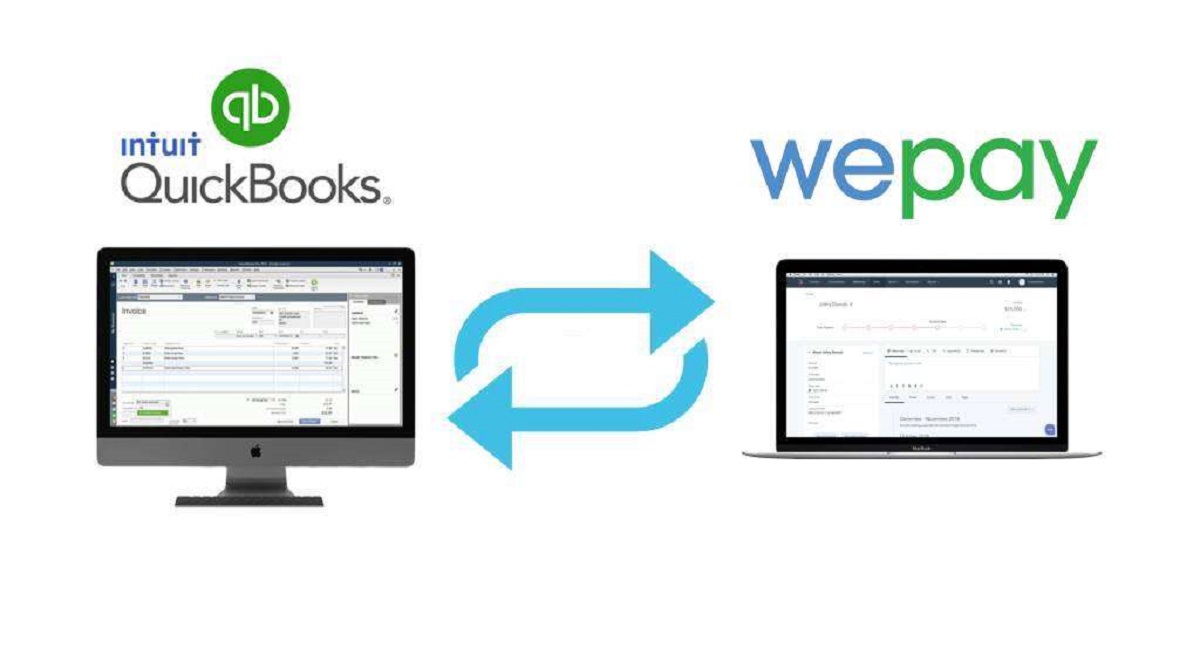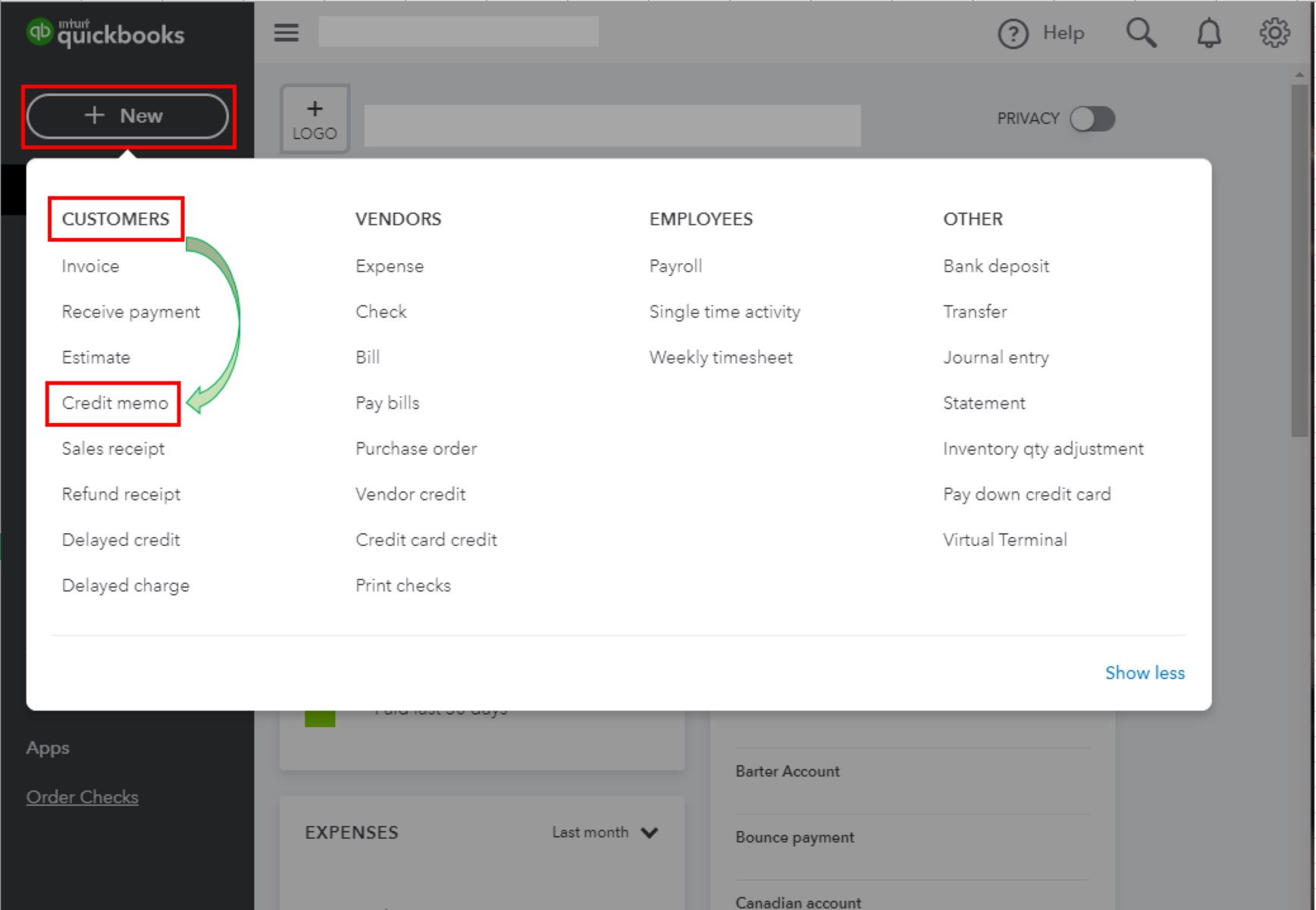Introduction:
When running a business, it’s inevitable that you will encounter situations where refunds need to be issued to customers or received from vendors. Properly categorizing these refunds in your QuickBooks software is essential for accurate financial reporting. It allows you to track and reconcile these transactions, ensuring that your books are up to date and reflecting the correct financial status of your business.
Categorizing refunds in QuickBooks can be a little confusing if you’re new to the software, but with the right guidance, it can be a straightforward process. This article will provide you with step-by-step instructions on how to categorize refunds in QuickBooks, whether you’re issuing a refund to a customer or receiving a refund from a vendor.
By categorizing refunds correctly, you’ll be able to keep track of your cash flow and ensure that your financial records are accurate and organized. This is not only important for your own business management but also for tax purposes and when presenting your financial information to investors or lenders.
So, let’s dive into the steps involved in categorizing refunds in QuickBooks to ensure that your financial records are in order and your business stays on track.
Step 1: Understand the Importance of Categorizing Refunds in QuickBooks
Before we dive into the details of categorizing refunds in QuickBooks, it’s important to understand why this process is crucial for your business. Properly categorizing refunds allows you to maintain accurate financial records, reconcile transactions, and track your cash flow effectively.
Here are a few reasons why categorizing refunds in QuickBooks is important:
- Accurate Financial Reporting: By categorizing refunds, you ensure that your financial reports reflect the correct revenue and expense figures. This is essential for generating accurate profit and loss statements, balance sheets, and cash flow statements. It enables you to have a clear understanding of your business’s financial health.
- Organized Bookkeeping: Categorizing refunds helps keep your books organized and easily accessible. With properly categorized transactions, you can quickly search and filter refunds, making it easier to analyze and interpret your financial data.
- Cash Flow Management: Categorizing refunds allows you to track your cash flow accurately. By knowing where your money is coming from and going to, you can make informed decisions about your business’s financial health and allocate resources effectively.
- Reconciliation: Categorizing refunds simplifies the reconciliation process. You can easily match transactions with bank statements, ensuring that your records are in sync with your actual financial activity. This helps identify any discrepancies or errors that need to be addressed promptly.
By understanding the importance of categorizing refunds in QuickBooks, you can see how it directly impacts your business’s financial management and reporting. With accurate and organized records, you gain better insights into your business’s performance and make informed decisions for its growth and success.
Step 2: Set Up a Separate Refund Account in QuickBooks
Before you can start categorizing refunds in QuickBooks, it’s important to set up a separate refund account. This ensures that your refund transactions are properly recorded and tracked separately from your other income and expense accounts.
Here’s how you can set up a separate refund account in QuickBooks:
- Access QuickBooks Chart of Accounts: Open your QuickBooks software and navigate to the Chart of Accounts. You can usually find this by selecting the “Lists” menu and choosing “Chart of Accounts.”
- Create a New Account: In the Chart of Accounts window, click on the “Account” button and select “New.” This will open the “Add New Account” window.
- Select Account Type: In the “Add New Account” window, choose the appropriate account type. For refunds, you can select either an “Income” or “Other Current Liability” account, depending on your preference and accounting needs.
- Enter Account Details: Fill in the necessary details for the refund account, such as account name and description. You can be specific by naming it something like “Refund Received” or “Customer Refund” to easily identify it.
- Save the Account: Once you’ve entered all the required information, click on the “Save & Close” or “Save & New” button to save the new refund account in your QuickBooks Chart of Accounts.
Setting up a separate refund account in QuickBooks allows you to track refund transactions independently and ensures accurate reporting. This helps you identify and analyze refund activity in your business, providing a clear picture of your financial status.
Now that you’ve created a separate refund account in QuickBooks, you’re ready to move on to the next step of categorizing refunds as sales receipts or credit memos. This step will further streamline your refund process and provide greater clarity in your financial records.
Step 3: Categorize Refund as a Sales Receipt or a Credit Memo
Once you have set up a separate refund account in QuickBooks, the next step is to categorize refunds as either sales receipts or credit memos. The choice between these two options depends on the specific circumstances of the refund transaction.
Here’s how you can categorize refunds as a sales receipt or a credit memo in QuickBooks:
- Sales Receipt: Use a sales receipt when you are issuing a refund to a customer for a product or service they have purchased. To create a sales receipt for a refund, navigate to the “Customers” menu and select “Create Sales Receipt.” From there, choose the customer, enter the refund amount, select the refund account you created in the previous step, and save the transaction. This categorizes the refund as a sales receipt and records it in your sales receipts account.
- Credit Memo: Use a credit memo when you are providing a refund to a customer that can be applied towards future purchases. This is typically used when a customer returns a product or cancels a service. To create a credit memo for a refund, go to the “Customers” menu and select “Create Credit Memos/Refunds.” Choose the customer, enter the refund amount, select the refund account, and save the transaction. QuickBooks will automatically apply the credit to the customer’s account to be used for future purchases.
By categorizing refunds as sales receipts or credit memos, you can differentiate between different types of refunds and track them accordingly. This helps you maintain accurate records and understand the impact of refunds on your business’s revenue and customer relationships.
Now that you know how to categorize refunds in QuickBooks as sales receipts or credit memos, you’re ready to move on to the next step, which involves understanding the difference between a customer refund and a vendor refund.
Step 4: Learn the Difference Between a Refund from a Vendor and a Customer Refund
In QuickBooks, it’s important to understand the distinction between a refund from a vendor and a customer refund. While both involve returning money, the context and categorization differ based on the direction of the refund.
Here’s a breakdown of the difference between a refund from a vendor and a customer refund in QuickBooks:
- Vendor Refund: A vendor refund occurs when you receive money back from a supplier, vendor, or business you’ve made a payment to. This can occur due to overpayment, returned goods, or other specific circumstances. Vendor refunds are categorized as “Vendor Credits” in QuickBooks. To record a vendor refund, navigate to the “Vendors” menu and select “Enter Bills.” In the “Amount” field, enter the refund amount as a negative number to indicate a credit. Choose the appropriate vendor, select the refund account you set up, and save the transaction. QuickBooks will then apply the vendor credit to future payments to that vendor.
- Customer Refund: A customer refund involves returning money to a customer due to a returned product, cancellation of a service, or other refundable circumstances. Customer refunds are typically categorized as sales receipts or credit memos as outlined in the previous step. This process allows you to document the refund, record it in the refund account, and update the customer’s account balance accordingly.
Understanding the difference between a refund from a vendor and a customer refund allows you to categorize and track these transactions accurately in QuickBooks. By properly recording vendor and customer refunds, you maintain clear financial records that reflect the flow of money into and out of your business.
Now that you have a grasp on the distinction, you’re ready to apply this knowledge in the next step and categorize customer and vendor refunds in QuickBooks.
Step 5: Categorize Customer Refunds and Vendor Refunds in QuickBooks
Now that you understand the difference between customer refunds and vendor refunds, it’s time to categorize them accurately in QuickBooks. Categorizing these refunds appropriately allows for better organization and tracking of your transactions.
Here’s how you can categorize customer refunds and vendor refunds in QuickBooks:
- Customer Refunds: As mentioned in the previous steps, customer refunds can be categorized in QuickBooks as sales receipts or credit memos. Use the appropriate option based on the nature of the refund transaction. Sales receipts are used for refunds that are not applicable to future purchases, while credit memos are applied as credits toward future purchases. When creating a sales receipt or credit memo, make sure to select the refund account you set up in Step 2.
- Vendor Refunds: Vendor refunds are categorized as vendor credits in QuickBooks. To record a vendor refund, go to the “Vendors” menu, select “Enter Bills,” and enter the refund amount as a negative number to indicate it as a credit. Choose the appropriate vendor and select the refund account you created in Step 2. Saving the transaction will create a vendor credit that can be applied to future bills or payments to that vendor.
By categorizing customer refunds and vendor refunds correctly, you keep your financial records organized and reflect the flow of money accurately. It ensures that your reports are precise and provide a clear picture of your business’s financial status.
Now that you know how to categorize customer refunds and vendor refunds in QuickBooks, you can move on to the next step and learn how to track refunds to ensure accurate financial reporting.
Step 6: Track Refunds for Accurate Financial Reporting
Tracking refunds in QuickBooks is essential for maintaining accurate financial reporting. By properly tracking refunds, you can easily monitor the flow of money in and out of your business and ensure your financial records are up to date.
Here are some tips on how to track refunds for accurate financial reporting in QuickBooks:
- Use Refund Accounts: As mentioned in Step 2, set up a separate refund account in QuickBooks to record all refund transactions. This account will help you track and analyze your refund activity, allowing for better financial reporting.
- Reconcile Regularly: Regularly reconcile your bank statements with your QuickBooks records. This ensures that all refund transactions are accurately recorded and accounted for. Any discrepancies can be identified and resolved promptly.
- Create Refund Reports: Utilize QuickBooks’ reporting features to generate refund reports. These reports can provide insights into your refund transactions, helping you analyze trends, identify any issues, and make informed decisions for your business.
- Review Refund Accounts: Periodically review your refund accounts to check for any discrepancies or unusual activity. This helps ensure that all refunds are properly recorded and accounted for, minimizing the risk of errors or financial irregularities.
- Monitor Customer and Vendor Balances: Keep an eye on the balances of your customer and vendor accounts to ensure they accurately reflect any refund activity. This allows you to maintain accurate records and avoid any customer or vendor disputes or confusion.
By tracking refunds in QuickBooks, you can have a comprehensive view of your business’s financial health. Accurate financial reporting is crucial for decision-making, tax compliance, and presenting your business’s financial information to stakeholders and investors.
With these tracking practices in place, you’re well-equipped to monitor and manage your refund transactions effectively. The final step in the process is ensuring that your refund transactions are reconciled in QuickBooks for accurate and updated financial records.
Step 7: Reconcile Refunds in QuickBooks to Maintain Accurate Records
Reconciling refunds in QuickBooks is the final step in maintaining accurate financial records. This process ensures that your refund transactions are in sync with your actual bank statements and that your books reflect the correct financial activity of your business.
Here’s how you can reconcile refunds in QuickBooks:
- Gather Bank Statements: Collect your bank statements for the period you wish to reconcile. This includes the time frame during which refund transactions took place.
- Access Reconciliation Module: In QuickBooks, locate and open the reconciliation module. This can typically be found under the “Banking” or “Transactions” menu. Select the bank account which includes the refund transactions you wish to reconcile.
- Review and Match Transactions: Compare the transactions listed in QuickBooks with those on your bank statement. Ensure that all refund transactions are included and correctly categorized. Match each refund transaction to the corresponding entry on the bank statement.
- Mark Transactions as Cleared: Once you’ve reviewed and matched the refund transactions, mark them as cleared in QuickBooks. This indicates that they have been reconciled with your bank statement and are accurate representations of your financial activity.
- Confirm Reconciliation: When you have successfully matched and cleared all refund transactions, confirm the reconciliation in QuickBooks. This finalizes the process and updates your financial records accordingly.
Reconciling refunds in QuickBooks is important to ensure the accuracy and integrity of your financial records. It helps identify any discrepancies, errors, or missing transactions, allowing you to promptly address them.
Regularly reconciling your refund transactions enables you to maintain up-to-date and accurate financial records. It provides a clear snapshot of your business’s financial health, assists with tax compliance, and aids in financial analysis and decision-making.
With the completion of this final step, you have successfully categorized and reconciled your refund transactions in QuickBooks. By following these steps and maintaining accurate records, you can confidently manage your business’s finances and make informed business decisions.
Conclusion
Categorizing and reconciling refunds in QuickBooks is a vital aspect of managing your business’s financial transactions. By following the steps outlined in this guide, you can ensure accurate financial reporting, organized bookkeeping, and effective cash flow management.
Understanding the importance of categorizing refunds in QuickBooks helps you maintain accurate financial records that reflect the true financial status of your business. By setting up a separate refund account, categorizing refunds as sales receipts or credit memos, and distinguishing between customer refunds and vendor refunds, you can track and analyze refund activity more effectively.
Tracking refunds and regularly reconciling them in QuickBooks plays a crucial role in financial reporting. By utilizing refund accounts, reconciling bank statements, creating refund reports, reviewing account balances, and monitoring customer and vendor accounts, you can maintain accurate records and have a comprehensive view of your business’s financial health.
Reconciling refunds in QuickBooks is the final step in the process, ensuring that your refund transactions align with your bank statements and reflect the true financial activity of your business. It provides assurance that your financial records are accurate and up to date.
By following these steps and establishing proper refund categorization and reconciliation practices in QuickBooks, you can effectively manage your refunds, make informed financial decisions, and present accurate financial information to stakeholders.
Remember, properly categorizing and reconciling refunds in QuickBooks is not only crucial for your business’s financial management but also for tax compliance and presenting your financial information to investors or lenders. Implementing these practices will help you maintain a clear and accurate financial record, providing a solid foundation for the success and growth of your business.

























